
"These objects are way more massive than anyone expected," said Joel Leja, assistant professor of astronomy and astrophysics at Penn State, who modeled light from these galaxies. "We expected only to find tiny, young, baby galaxies at this point in time, but we've discovered galaxies as mature as our own in what was previously understood to be the dawn of the universe."
Using the first dataset released from NASA's James Webb Space Telescope, the international team of scientists discovered objects as mature as the Milky Way when the universe was only 3% of its current age, about 500-700 million years after the Big Bang. The telescope is equipped with infrared-sensing instruments capable of detecting light that was emitted by the most ancient stars and galaxies. Essentially, the telescope allows scientists to see back in time roughly 13.5 billion years, near the beginning of the universe as we know it, Leja explained.
"This is our first glimpse back this far, so it's important that we keep an open mind about what we are seeing," Leja said. "While the data indicates they are likely galaxies, I think there is a real possibility that a few of these objects turn out to be obscured supermassive black holes. Regardless, the amount of mass we discovered means that the known mass in stars at this period of our universe is up to 100 times greater than we had previously thought. Even if we cut the sample in half, this is still an astounding change."
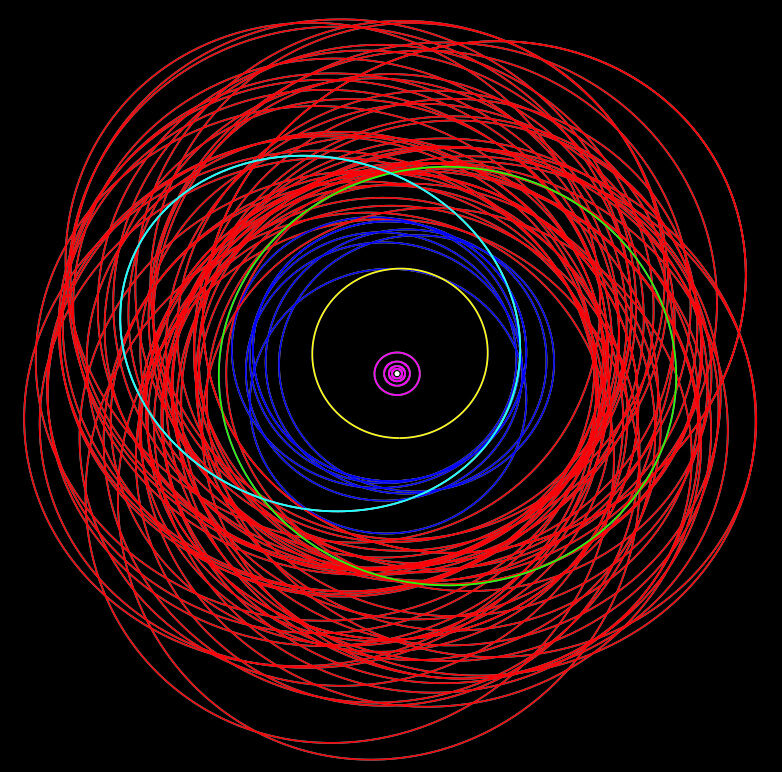
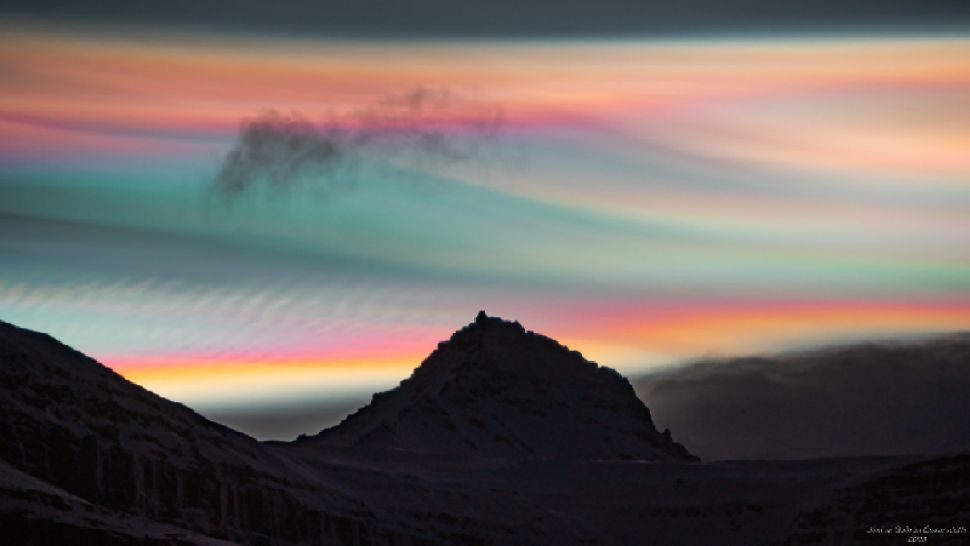
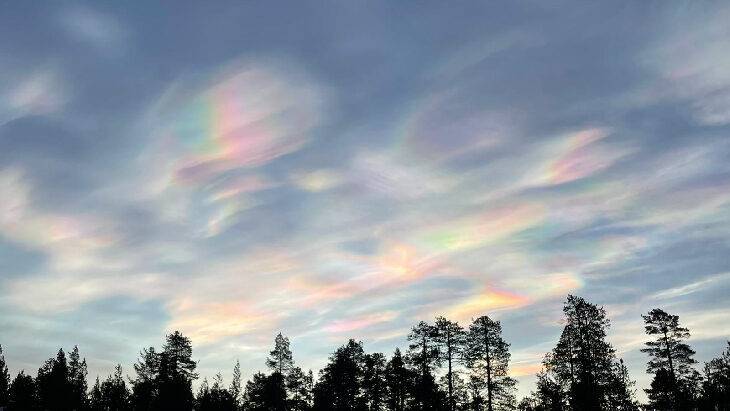
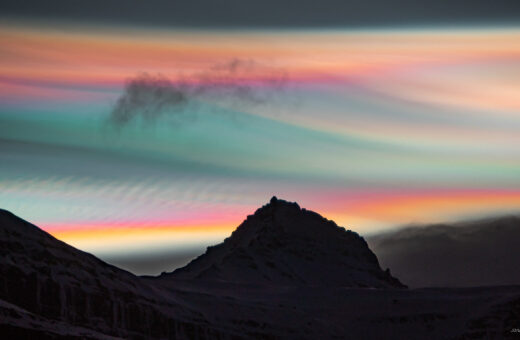
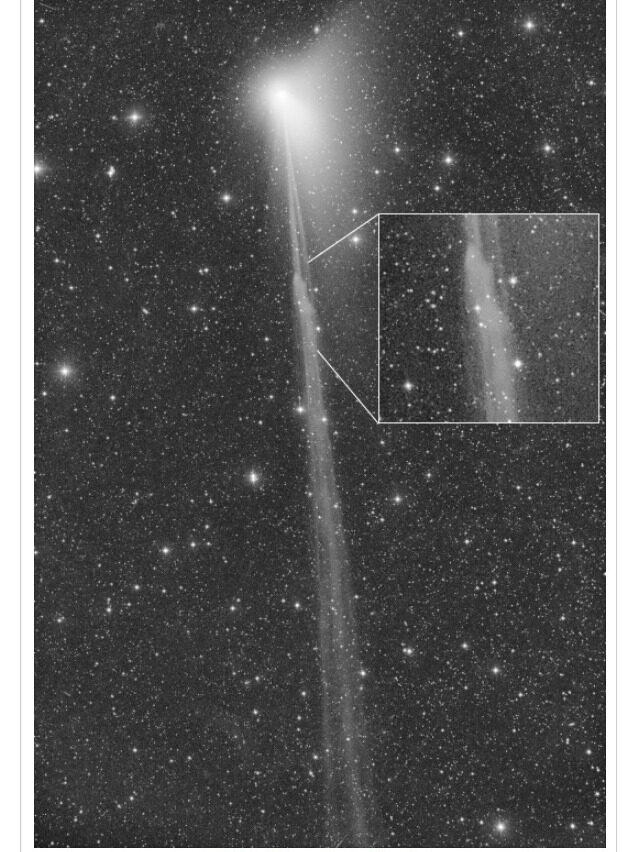
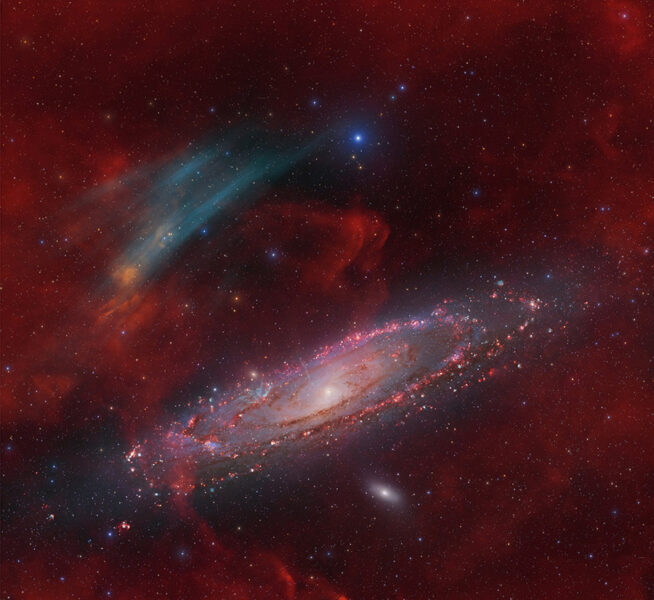

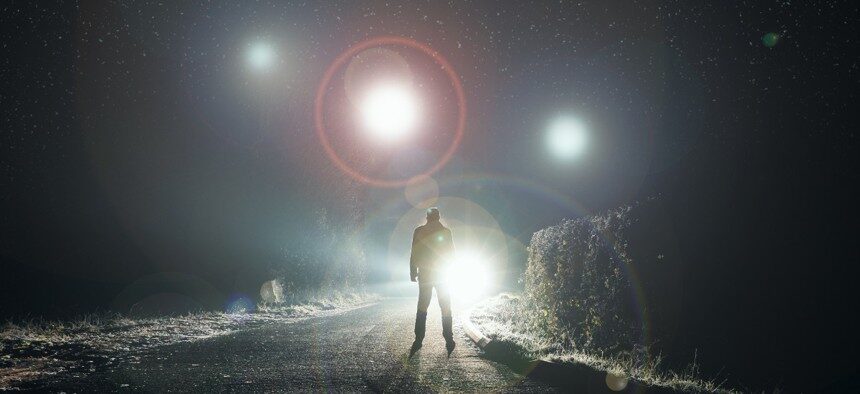
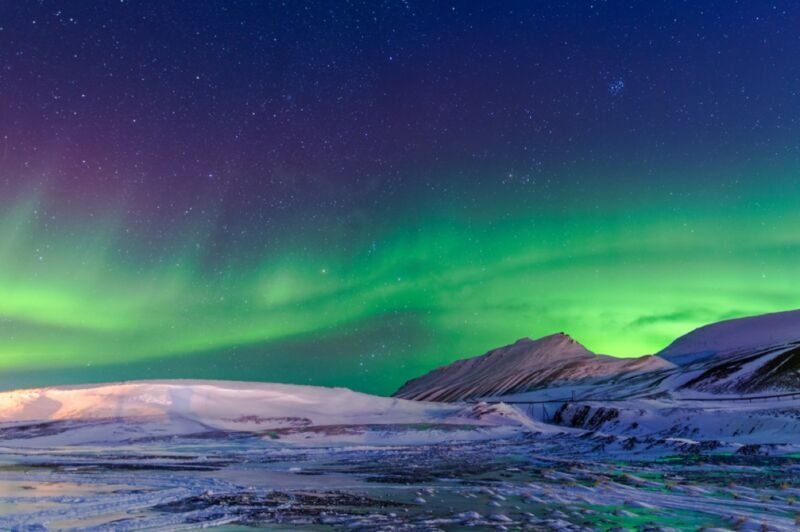
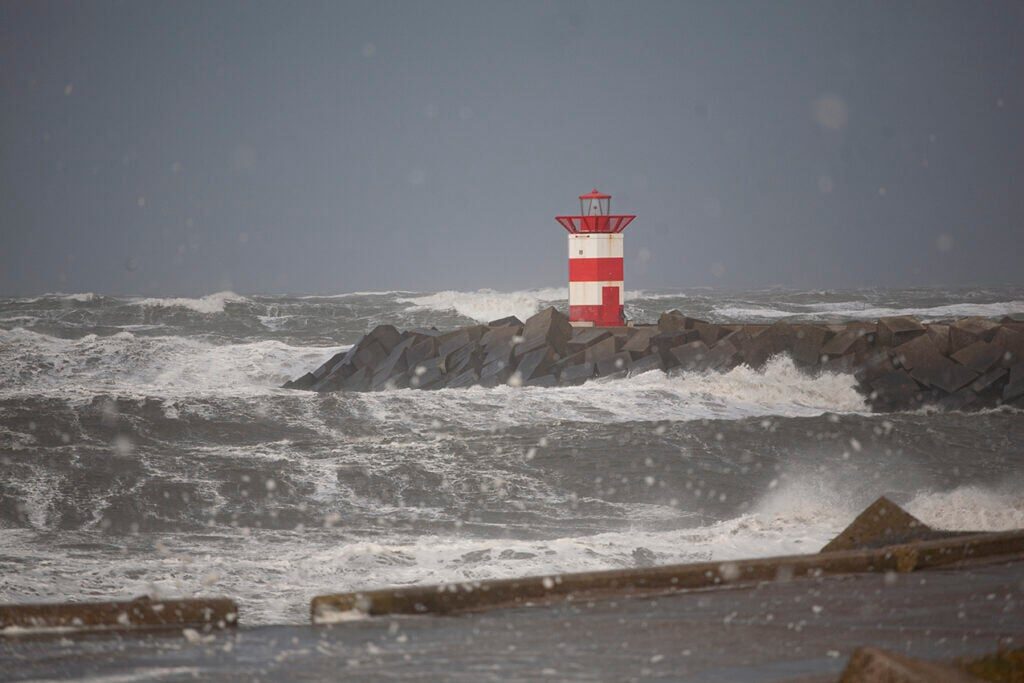



Comment: 'Discovered' as in 'somehow we missed them before', or 'discovered' as in they are newly acquired by Jupiter from a comet swarm coming into the solar system?